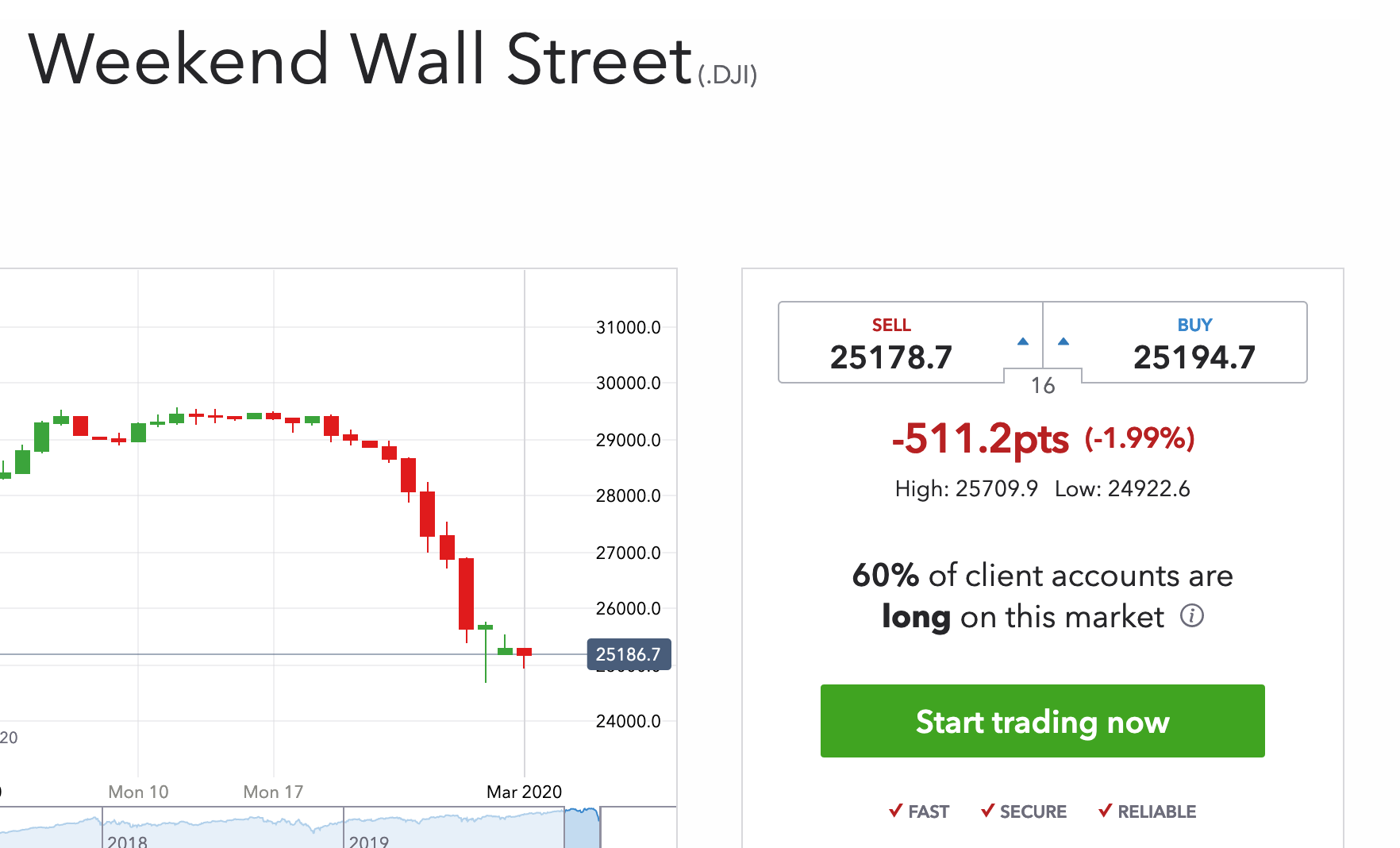Look what we've found by comparing today's
FINRA Short Selling Report with
NASDAQ's 'per-minute' Trading log: the volume of '
naked short selling' today is almost exactly the same as an unusually large trade in the After-hrs session at 7:07 PM (EST).
This is compeling evidence of MMs covering their naked short sales from today, but look at the premium price they paid After-hrs: $674.00 vs. todays
VWAP $646.79
They must have really needed those shares to spend $200M on them, hmm?
...
Consider the market making needs of the option writers Friday: The stock price ranged from $611 to $690, trimming that a bit to options in the $620 to $680 strike range assuming that outside that strike range both puts and calls were already fully hedged before the day's trading and delta didn't change much, we find (from
Tesla, TSLA & the Investment World: the 2019-2020 Investors' Roundtable) that there were 15,516 open put contracts in that range, representing 1,551,600 shares of put hedging. On the call side, there were 3,228 open contracts in the strike range of $620 to $680, representing 322,800 shares of call hedging.
So -1,102,200 x (avg put delta) + 322,800 x (avg call delta) was dynamically hedged throughout the day. If we assume the same average delta for calls and puts (not a great idea but I can't think of a better approach) that means they would short 779,400 x delta shares. If the 301,960 shares exempt shorting represents those hedges, that would produce an average delta of 0.387 which seems possible.
Every call contract $660 and below closed ITM and the MM will need shares to deliver to those call holders (1,688 contracts or 168,800 shares). All the puts $670 strike and above ended ITM, and the MM will be expecting delivery of that stock (4494 contracts, or 449,400 shares) when the puts are exercised. That nets 280,600 shares expected to be delivered to them, which doesn't quite fully cover their 301,960 shares they shorted over the day, so they could be expected to buy 21,360 shares to close their short. That the net stock delivered to them from the options with strikes over the day's trading range matches pretty close to the net exempt shorting is additional evidence that the day's exempt shorting may well be mostly legitimate market making activity.
Additionally because the after-hours price crept up, it is possible many of the $670 call holders could request exercise even though it was OTM at the close. That represents up to 44,400 additional shares to purchase. At the same time, some $670 put holders could request that their puts not be exercised, but since exercise is automatic for them unless they take action I think this would be fewer. Still this would not bring the net after-hours covering anywhere close to the after hours buy that you identified.
In summary, on the one side, shorting 301,960 shares throughout the day seems potentially plausible as a legitimate market making activity. On the other hand, if hedged correctly you would expect little need to re-balance after the close (21,360 shares + up to 44,400 more bought by my estimate) which does not match up with the after hours purchase. So the two share sizes could just be a coincidence.



